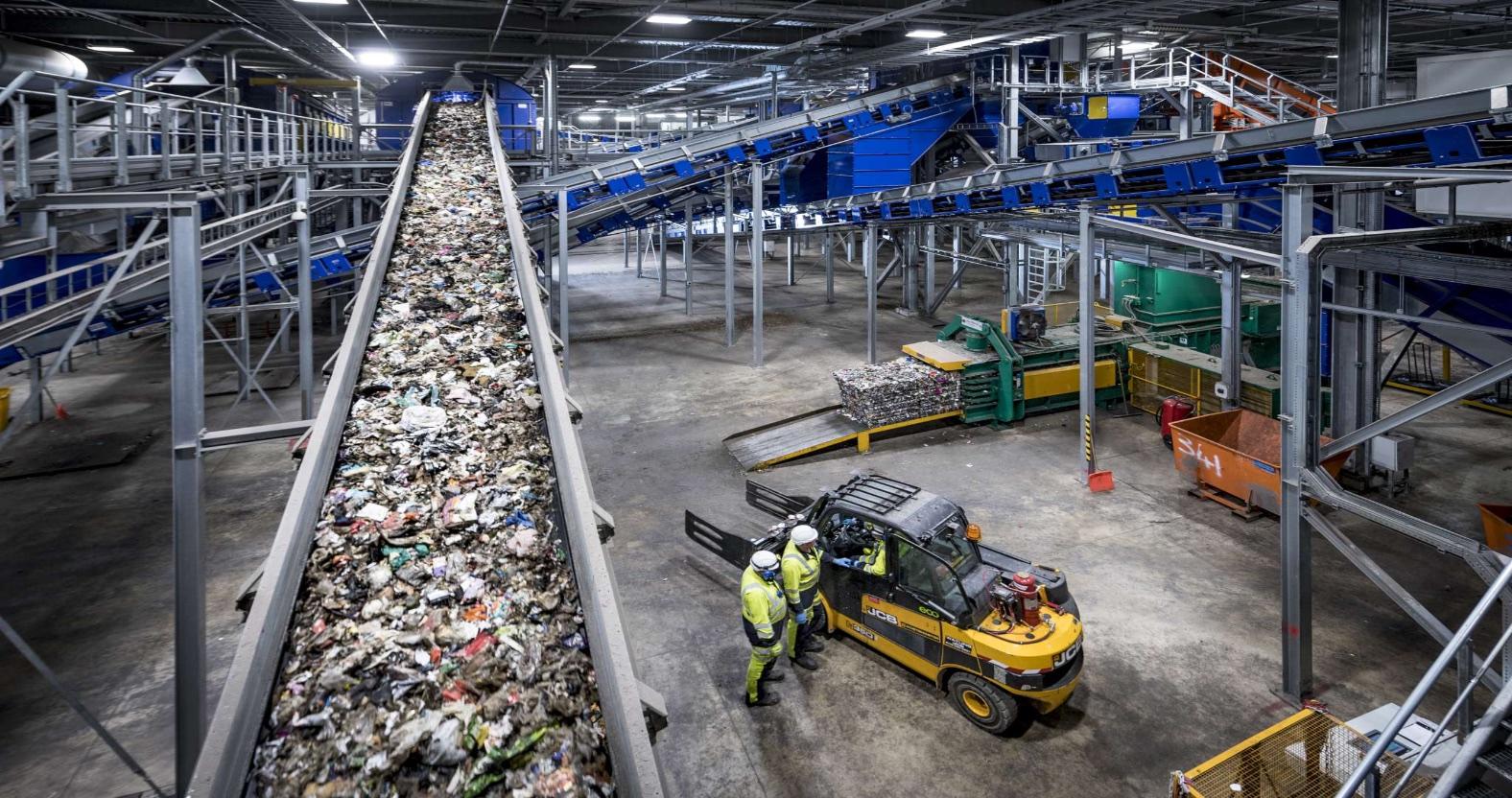Subscribe to trusted local news
In a time of both misinformation and too much information, quality journalism is more crucial than ever. By subscribing, you can help us get the story right.
- Subscription costs less than £1 a week with an annual plan.
Already a subscriber? Log in here.
27
Oct 2024
How does the £1.2 billion Allerton Park incinerator work?

Ever wondered where your household waste goes when it is collected and taken away?
Most of it will go to the Allerton Waste Recovery Park off the A1(M), which was designed to divert most waste away from landfill and create energy.
It burns some of the waste it collects to create electricity — but not all of it, some it is set aside as recycling and sent elsewhere.
But how does Allerton Park separate the waste and what else does it do?
With this in mind, the Stray Ferret has put together an explainer on how the plant works and why it is controversial to residents.
What does it do?
Tucked away off the A1(M), the Allerton Park site is designed to divert waste away from landfill and help to convert rubbish into energy.
According to North Yorkshire Council, the plant can take 320,000 tonnes of waste a year.
At the site are three main components: the mechanical treatment plant, an anaerobic digestion plant and energy from waste plant.
Once waste arrives at the site, it is put through the mechanical treatment plant and sorted into different types of waste such as recycling, general waste and organic waste.
Metals and plastics will be set aside to be taken away as recycling, while organic waste, such as food, is put through the anaerobic digester to generate renewable electricity.
Meanwhile, any remaining waste is put to the energy from waste plant which burns it to create steam and in turn feeds an electricity generating turbine to create electricity.
The council says this helps to supply electricity to about 40,000 homes.
Who runs the plant?
The plant is a joint venture between North Yorkshire Council and City of York Council.
Both councils embarked on the joint venture to try and redirect waste across the region away from landfill.
The facility was launched in 2018 at a cost of £1.2 billion and is operated by Thalia Waste Management.
Performance reports at the plant are brought to council meetings at both North Yorkshire and York on a routine basis.
The latest update was put before councillors on October 17, which you can read here.
How has it performed recently?
The plant is successful at diverting waste away from landfill.
A recent council report shows the site diverted 94.86% of waste away from landfill last year. Landfill is only used for waste that is not suitable for treatment.
However, the plant has never met its recycling target.
The report before councillors last week shows that last year Allerton Park recycled 1.78% of waste against a contractual requirement of 5%.
Why are people against the plant?
Before it was completed, the Allerton Park plant faced fierce opposition from nearby residents.
In September 2013, campaigners took the decision to approve plans for the incinerator to the High Court in an attempt to get planning permission overturned.
The campaign groups, which included North Yorkshire Waste Action Group and York Residents Against Incinerator, said the plant would ruin the landscape and damage the environment.
Some also pointed out that the cost invovled in the project, which was a private finance initiative, were "eyewatering".
Both groups were backed by Marton-cum-Grafton Parish Council, which launched a judicial review over the planning process with campaigners support.

Inside the Allerton Waste Recovery Park. Picture: North Yorkshire Council.
However, a high court judge Mark Gosnell ruled that the county council had followed the correct steps in granting planning permission — which paved the way for the incinerator to be built.
Fast forward 11 years later and the plant is once again in the spotlight.
New research by the BBC has found that burning household waste to produce electricity is now the dirtiest way the UK generates power.
It found that burning waste produces the same amount of greenhouse gases for each unit of energy as coal power, which was abandoned by the UK last month.
The BBC found that the number of waste-to-energy incinerators in the UK has increased from 38 to 52 in the last five years.
The research will bring heightened focus on the Allerton Park plant site, particularly as it continues to miss its recycling targets.
1